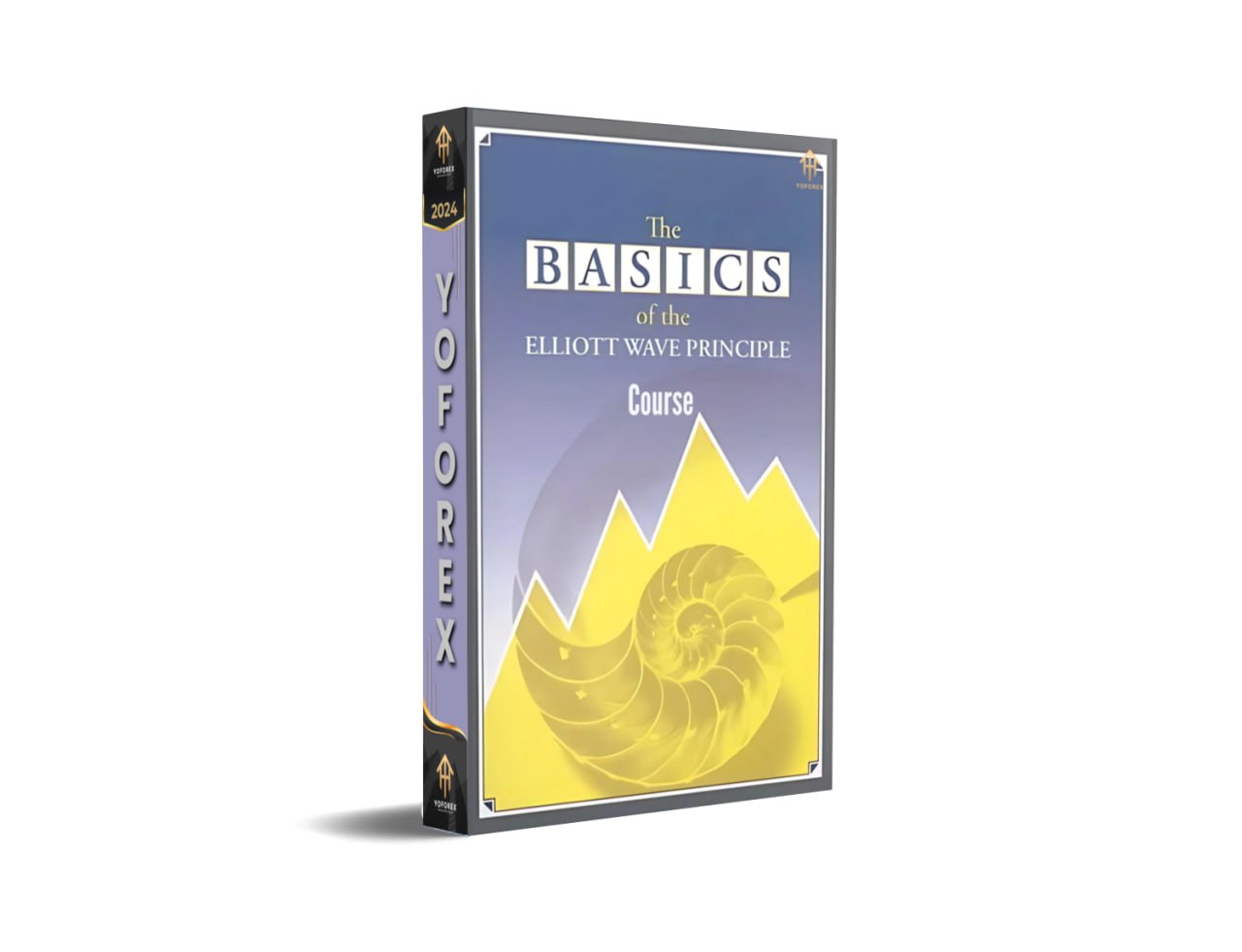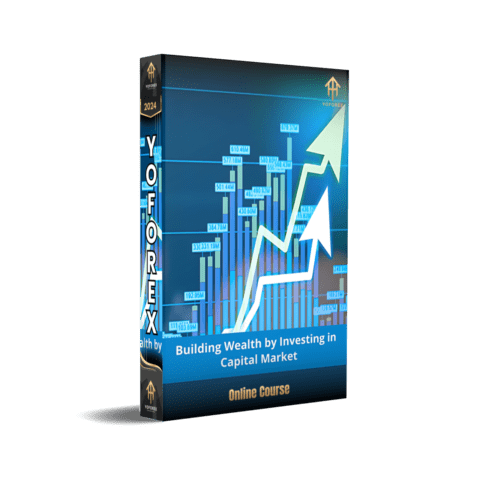Elliott Wave Principle Course
The Elliott Wave Principle is one of the most popular and widely used technical analysis tools in financial markets. Developed by Ralph Nelson Elliott in the 1930s, this principle is based on the idea that financial markets move in repetitive cycles, primarily influenced by investor psychology and emotions. These cycles manifest in waves, making it possible to predict future market movements. In this course, you will learn the basics of Elliott Wave theory, the structure of waves, and how to apply them to your trading strategy.
Why Learn the Elliott Wave Principle?
- Improved Market Forecasting: Elliott Wave theory helps you anticipate the direction of the market by identifying patterns in price movements. This can give you a significant edge when entering and exiting trades.
- Psychology-Based Analysis: Elliott Wave focuses on the behavior of the masses, making it an effective tool for understanding how collective human emotions influence the market. By learning to interpret these psychological patterns, you can make better decisions.
- Wide Applicability: The Elliott Wave Principle can be applied across all financial markets, including Forex, stocks, commodities, and cryptocurrencies. This versatility makes it a valuable skill set for any trader.
- Combining with Other Indicators: Elliott Waves work well in combination with other technical indicators like Fibonacci retracements, RSI, and MACD, further improving your trading accuracy.
Course Overview
- Impulse Waves: The five-wave trend is known as the impulse wave, where waves 1, 3, and 5 move in the direction of the primary trend, while waves 2 and 4 are corrective moves in the opposite direction.
- Corrective Waves: After the five-wave impulse, the market experiences a three-wave corrective move, labeled A, B, and C. These waves move against the primary trend.
- Wave 1: Typically represents the initial move in a new trend. Most traders do not recognize it as a trend reversal yet.

- Wave 2: This is a corrective wave that retraces much of the price movement from Wave 1. However, it never retraces more than 100% of Wave 1.
- Wave 3: This is the longest and strongest wave in the Elliott pattern. During this phase, more traders realize that the trend has reversed, and the wave usually extends beyond the length of Wave 1.
- Wave 4: Another corrective wave, but unlike Wave 2, it tends to be more shallow and is characterized by a slow pullback.
- Wave 5: This wave represents the final push in the direction of the trend. It is often driven by market sentiment, and most participants are fully invested.
Lesson 3: Applying Fibonacci Ratios
- Wave 2 typically retraces 50% to 61.8% of Wave 1.
- Wave 3 is often 161.8% or 200% of Wave 1, as it is the longest and most powerful wave.
- Wave 4 tends to retrace 38.2% of Wave 3.
- Wave 5 can equal the length of Wave 1 or be a 61.8% extension of Wave 3.
Lesson 4: Practical Application in Trading
- Identifying Waves: The first step is to correctly identify whether the market is in an impulse wave (trending) or a corrective wave (retracing). Look for five-wave structures for trending markets and three-wave structures for corrections.
- Combining with Other Indicators: You can use tools like moving averages, RSI, and Fibonacci retracement levels to confirm your wave counts and improve your accuracy.
- Entry and Exit Points:
- Entering in Wave 3: Wave 3 offers the highest profit potential, so many traders look to enter the market at the beginning of this wave.
- Taking Profit in Wave 5: Since Wave 5 represents the final push, many traders opt to take profits here.
- Avoiding Wave 2 and 4: These corrective waves can be tricky to trade, so it’s often best to stay out of the market during these phases.
Lesson 5: Common Mistakes in Elliott Wave Analysis
- Incorrect Wave Labeling: Beginners often struggle with labeling waves correctly. It’s essential to practice and refine your wave counts through experience.
- Overcomplicating the Analysis: Avoid the temptation to force every market movement into an Elliott Wave pattern. Sometimes, price action doesn’t follow the rules perfectly.
Stay Updated:
https://yoforexea.com/product/elliott-wave-principle-course/
https://www.yoforex.org/product/elliott-wave-principle-course/
https://www.fxcracked.org/product/elliott-wave-principle-course/
https://www.mql5.software/product/elliott-wave-principle-course/
https://www.forexfactory.cc/product/elliott-wave-principle-course/
Join Our Telegram – https://t.me/+yfGB1dbSxjAyNmI9










There are no reviews yet.